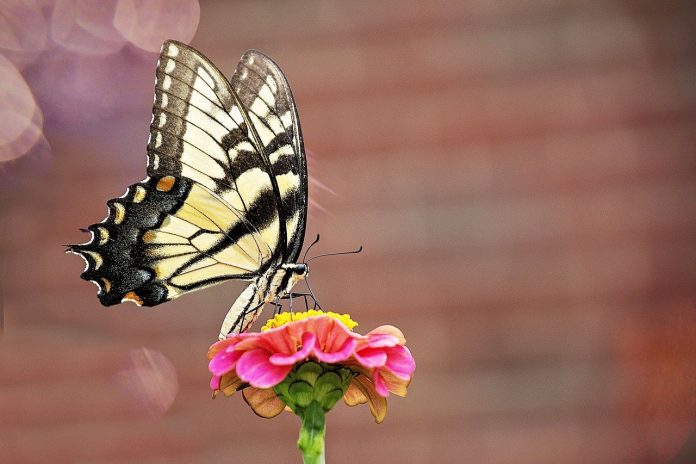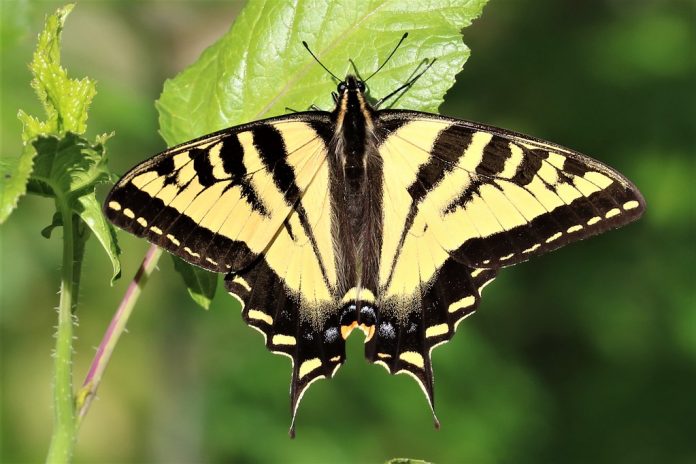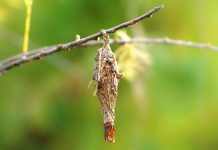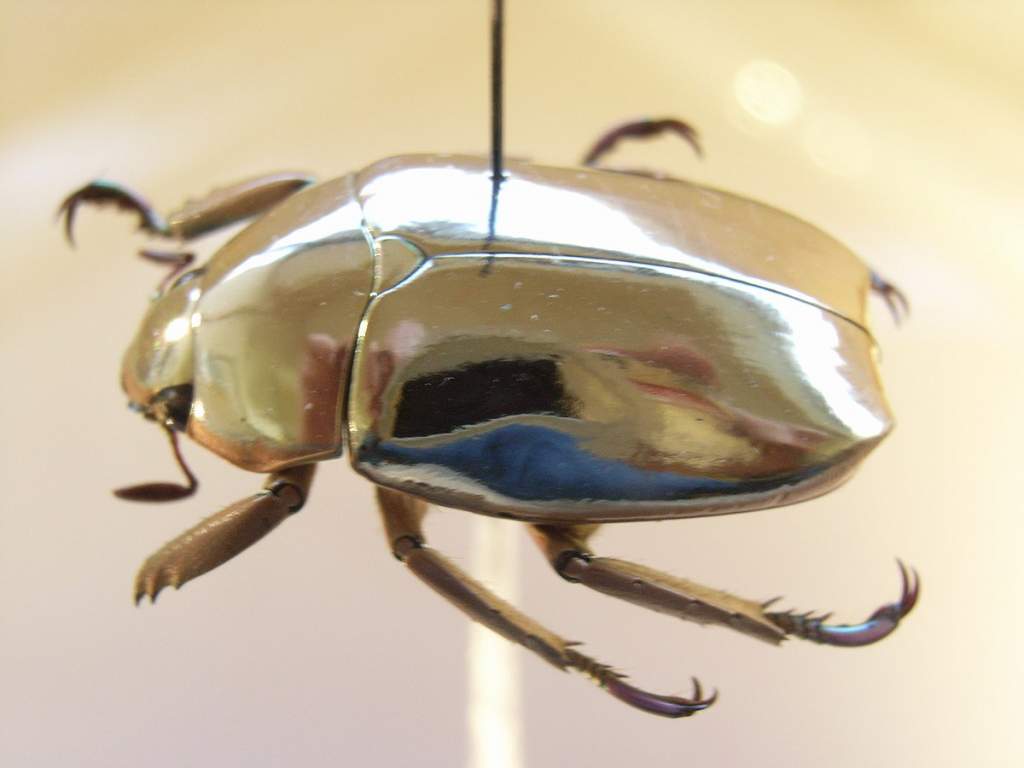Western Swallowtail Butterfly Facts
The Western Swallowtail butterfly is a beautiful butterfly that has been spotted in North America. In two years, it has spread from its native range to cover most of the United States. The Western Swallowtail was first reported in 2013 and was seen for the first time in California. It is considered an invasive species because it was brought to North America by humans and not through natural migration. The Western Swallowtail is a butterfly in the family Papilionidae.
The Western Swallowtail Butterfly is one of America’s most recognizable butterflies. They have been spotted in Kansas, Missouri, and Illinois over a two-year period in the late 1800s. The Western Swallowtail has a wingspan that can reach up to 3 inches and their normal lifespan can last until they are 20 or older. They spend most of their days in the sky and not on the ground, like monarchs. The adult butterflies fly from Canada south throughout much of California and Mexico, stopping briefly to lay eggs on milkweed plants along the way.

Western Swallowtail Diet
One of the most interesting facts about this butterfly is that it has evolved to be able to drink nectar from flowers without pollinating them, making it possible for other insects to feed on them. The Western Swallowtail also feeds on caterpillars, which are often seen as a threat because they’ll eat the caterpillars and completely destroy their food source. The Western Swallowtail is also called the Monarch of Butterflies.
Western Swallowtail Plant
Western Swallowtail plants are a type of plant native to North America. It goes into detail about its characteristics, where it lives, and what it eats. The Western Swallowtail plant is found growing on the West Coast, with its native range of Northern California and Oregon to British Columbia.
It grows well in moist areas including swamps and wet meadows. The leaves are olive-green in color while the flowers are white or cream in color, with some having yellow centers. Western Swallowtail Plants are one of the most common and widespread plants in California.

Western Swallowtail Butterfly plants sprout from a red-stemmed clump of branching, hairy leaves. These flowers can vary in color from white to red, purple, yellow, or black. They are renowned for their beautiful colors and ornamental beauty. Western Swallowtail Plants thrive in dry meadows, dry chaparral habitats, and open fields throughout the state.
Western Swallowtail Life Cycle
The Western Swallowtail Butterfly has two summer generations, with the second generation emerging in the fall. The second generation migrates to Mexico and Central America when winter approaches. The Western Swallowtail, also known as Papilio rutulus or Papilio troilus, has a life cycle that goes through two seasons – summer and fall.
This species only has one generation that emerges in the summer and then migrates to Mexico and Central America for the winter season. The life cycle of these butterflies is similar to that of Monarch butterflies life cycle. The Western Swallowtail Life Cycle is often referred to as the Monarch butterfly, but it is so much more than that. Wings are very important for this species.
They live in large colonies where wing growth and development take place in a protective environment. The nectar that they feed on also contains a protein that helps them develop wings faster, but they have to be careful because many predators like birds and spiders are drawn to these butterflies’ yellow coloring too!
Western Swallowtail Butterfly Life Cycle is a term used to describe various stages of the caterpillar. The first stage starts with the caterpillar’s egg hatching and ends when it goes through its chrysalis phase. As we know, innovation can happen at any phase of the life cycle.

Western Swallowtail Chrysalis
The origin of the western swallowtail chrysalis is not fully understood. It is a human-transported insect that is not endemic to North America. The most likely explanation was that the chrysalis was brought to New England from Europe as a caterpillar and planted in an orchard where it eventually hatched and spread rapidly through the northeastern US. The most common cause of death for western swallowtail chrysalis is predation. Other causes include disturbance of its habitat, bad weather, or parasitism by other species.

Western swallowtail chrysalis is a gorgeous butterfly. It is one of the most interesting and captivating insects with its bright-yellow eyes, black borders and dark spots on the wings. It also has two pairs of wings – forewings and hind wings. The western swallowtail chrysalis is a late-instar or early-instar caterpillar that mimics bird droppings in order to deter predators from eating it.
Its bright-yellow eyes are actually meant to mislead potential predators into thinking that it is poisonous so they will leave this delicious insect alone. Western Swallowtail Chrysalis caterpillar has three distinctive colors – black, orange, and white. They are not poisonous and very hardy.







